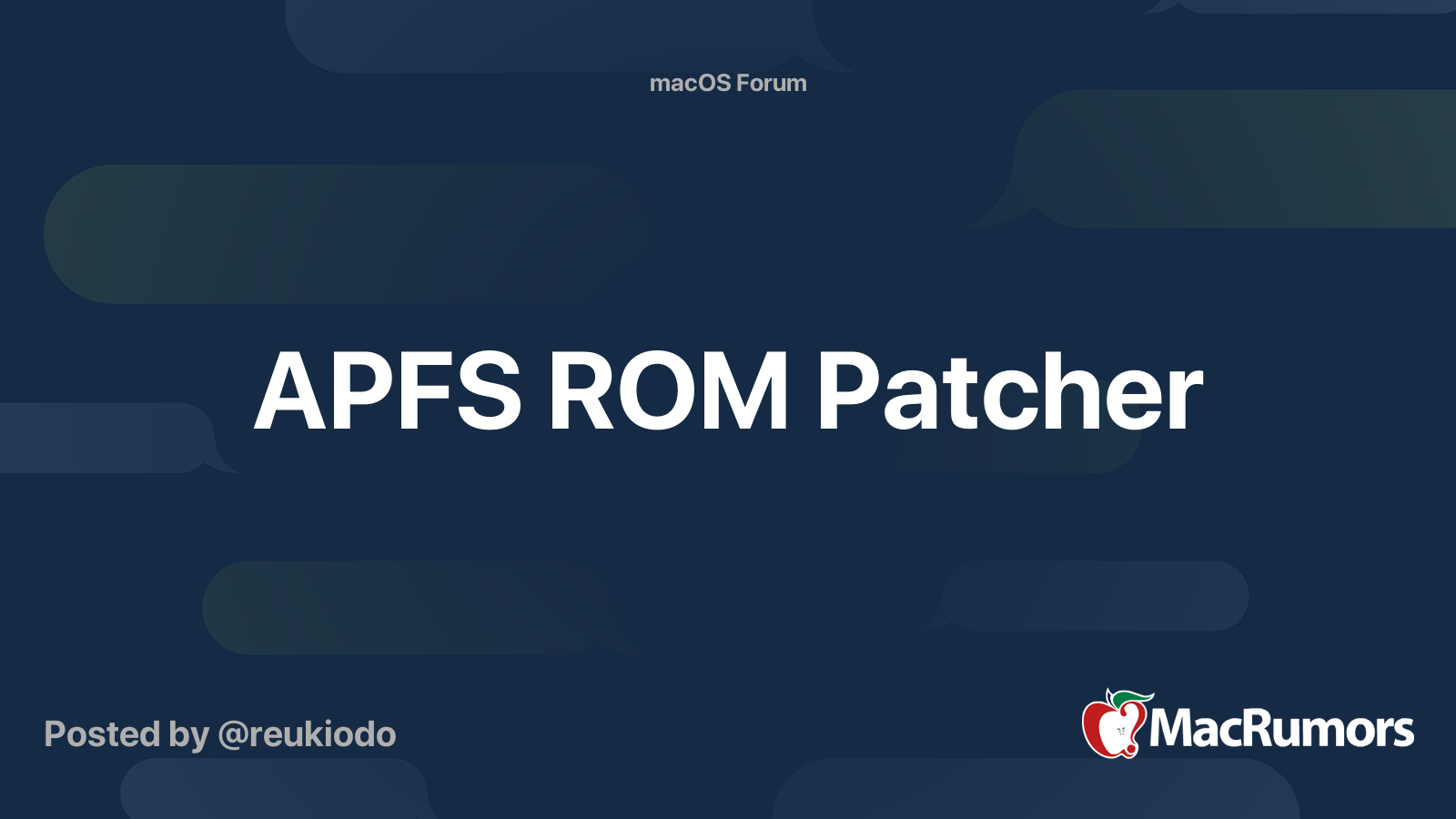Not entirely sure what your post is telling me as the page you linked to is for macs running supported OS's and none of the links within the article discuss the Mac Pro 3.1 or El Capitan even though there is a link that is supposed to, so that was no help at all.
My Mac Pro 3.1 is running Mojave and Catalina, and whenever I run SilentKnight to find and install updates it tells me the EFI firmware is out of date but does not tell me how to update it.
So if anyone knows what EFI firmware I am supposed to be running and how to install it.
The last time it had the firmware updated was installing High Sierra, but on installing Mojave
and Catalina there was no firmware update procedure given on the installation splash screen.
My Mac Pro 3.1 is running Mojave and Catalina, and whenever I run SilentKnight to find and install updates it tells me the EFI firmware is out of date but does not tell me how to update it.
So if anyone knows what EFI firmware I am supposed to be running and how to install it.
The last time it had the firmware updated was installing High Sierra, but on installing Mojave
and Catalina there was no firmware update procedure given on the installation splash screen.


